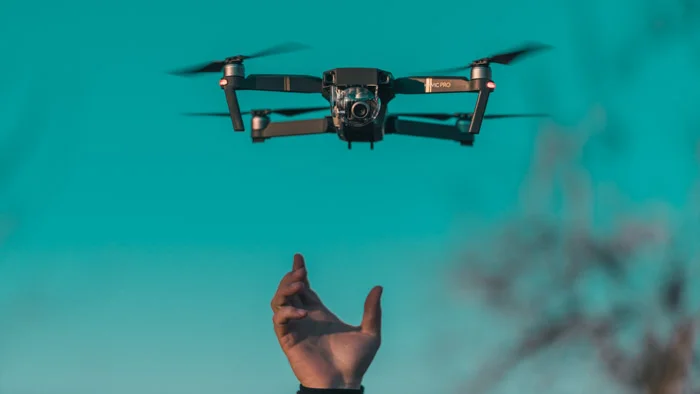
Exploring the World of Drone Photography | Drone Guide- Drones are your pass to the sky if you’re an aspiring aerial photographer or videographer. The best drone to buy for drone photography is one of the most frequently asked questions I field. It can be challenging to determine what you need, as numerous options are available, and the drone market is rapidly evolving. Most reviews of drones are heavily video-focused, whereas most photographers are only interested in photography (with the occasional video clip thrown in).
For most people, though, this drone is too expensive. I also include my top recommendations for the finest drones for hobbyists and semi-pros in this review. This article on Drone Photography for Beginners may also interest you.
What is a drone?
These gadgets are classified as small, uncrewed aircraft by the Federal Aviation Administration (FAA) of the United States. Common drones are remote-controlled aircraft, many of which have cameras and feature multiple rotors that resemble those of helicopters. Internal gyroscopes provide aircraft stability, enabling them to remain stable and take amazing pictures. Piloting with a specialized remote control or with gadgets like smartphones and tablets is made possible by wireless connectivity.
Types of Drones
- DJI Mini 2 for hobbyists
- DJI Mini 3 Pro for entry-level professionals
- DJI Mavic 3 Pro for high-end commercial professionals
While these drones are excellent general performers, I’ll explain why I recommend these models for drone photography over others. A comparison of DJI’s three popular small drones—the Mini SE, Mini 2, and Mini 3 Pro—might also interest you.
The DJI Mini 2
The Mini 2 is a cost-effective drone that captures images for social media sharing and personal use. It captures 12MP images and records 4K video. Still, the disadvantage of its lower price is that it lacks obstacle avoidance and has a smaller camera sensor, so it performs worse in low light than the Mini 3 Pro and Mavic 3.
It can be packed for that “just in case” moment when shooting with a regular camera, but still want to take aerial photos. It fits into a lens-sized pocket of a camera bag.
Silent, less obvious, and less upsetting to those around it. It’s under 250g, so if it’s just being used for fun, there’s no need to register it.
DJI Mini 3 Pro
DJI chose to make this model a Pro model instead of just the Mini 3 because the Mini 3 Pro has many improvements over the Mini 2, including a larger sensor (1/1.3 inch). The Mini 3 Pro’s rotating camera, which records vertical footage for sharing on mobile devices, is a highly requested feature from DJI. Additionally, it features three-dimensional obstacle sensors, an upgrade from the two bottom sensors on the Mini 2.
Other than sensor size, though, this drone’s upcoming comparison to full-size professional models like the Mavic 3 and Mavic Air 2s is that it only records eight-bit color instead of ten.
DJI Mavic 3 Pro
In comparison to other drones currently on the market, the DJI Mavic 3 offers advanced features, which is why I recommend it for professional drone photography. Its 4/3 sensor makes it ideal for nighttime or low-light photography. Other drone cameras would blow out the detail in the bright shadows, but dynamic range helps to capture it beautifully.
Another bonus that may come as a surprise is that the DJI Mavic 3 is quieter than other drones of the same size. This one has a pleasant, low-pitch hum, unlike most drones, which typically produce high-pitch noise. The Mavic Air 2s is a very close second choice if you want a professional drone, but if the Mavic 3 Pro is too expensive for you. It is a considerably less costly model, though it is older. Due to its 1-inch sensor’s sensensor’s4 K resolution, it will continue to perform well in low-light conditions.
Benefits of Drones
The Top 5 Advantages of Drone Technology for Construction Cost Savings.
- You can save money on construction projects by using drones.
- Better Data = Better Decision-Making.
- Improved Arrangement.
- Boost the Scalability and Repeatability of Your Operations.
- Safety
Conclusion
DJI makes drones, including the Mini 2, Mini 3 Pro, and Mavic 3. In the drone community, DJI is renowned for producing drones that consistently outperform their competitors and remain highly popular among enthusiasts. These DJI drones offer features and quality that have yet to be surpassed by other drone brands, such as Autel Drones, Holy Stone, and Roku.
Due to its compact size and quiet operation, the Mini 3 Pro remains a preferred choice among many professionals, despite the Mavic 3 being the most technologically advanced model. DJI has done a fantastic job of incorporating industry-standard features into a compact drone that weighs less than 250 grams and requires registration.
FAQ: Is DJI releasing a new drone in 2023?
In a preview event set for October 10 at the German expo and conference INTERGEO 2023, DJI hinted at the release of a new product. The teaser trailer suggests that DJI may introduce a modern drone LiDAR system for experts in surveying and geodesy.
Is drone photography expensive?
Professional drone photographers typically bill by the hour or day; the hourly rate can vary from $50 to $500, depending on the photographer’s experience and the quality of their service. Additionally, some photographers bill by the image.
How do I choose a drone for photography?
Only professional drones with image sensors of 1 inch or larger should be considered for this purpose. Premium versions with 4/3-inch complementary metal-oxide-semiconductor (CMOS) sensors are available; these sensors can produce detailed photos that are comparable to those from digital single-lens reflex (DSLR) cameras.
Which country is best?
The United States is a nation that has consistently demonstrated its leadership in drone technology. American companies, such as General Atomics, Lockheed Martin, and the Chinese DJI, have led innovation in this field due to their strong R&D departments.
What is next in drone technology?
Drones will be delivering supplies to hard-to-reach locations in the future. They will transport vaccines and medical supplies to inaccessible, hazardous, and remote areas impacted by infectious diseases or war.
Follow these rules and tips provided by the FAA to operate your drone safely–
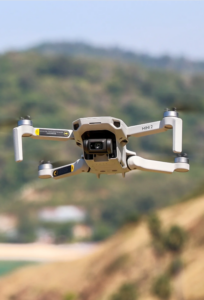
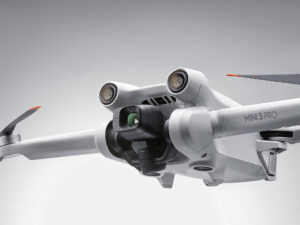
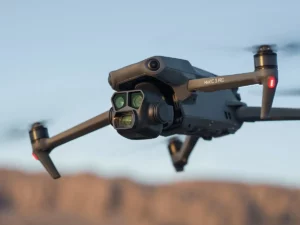
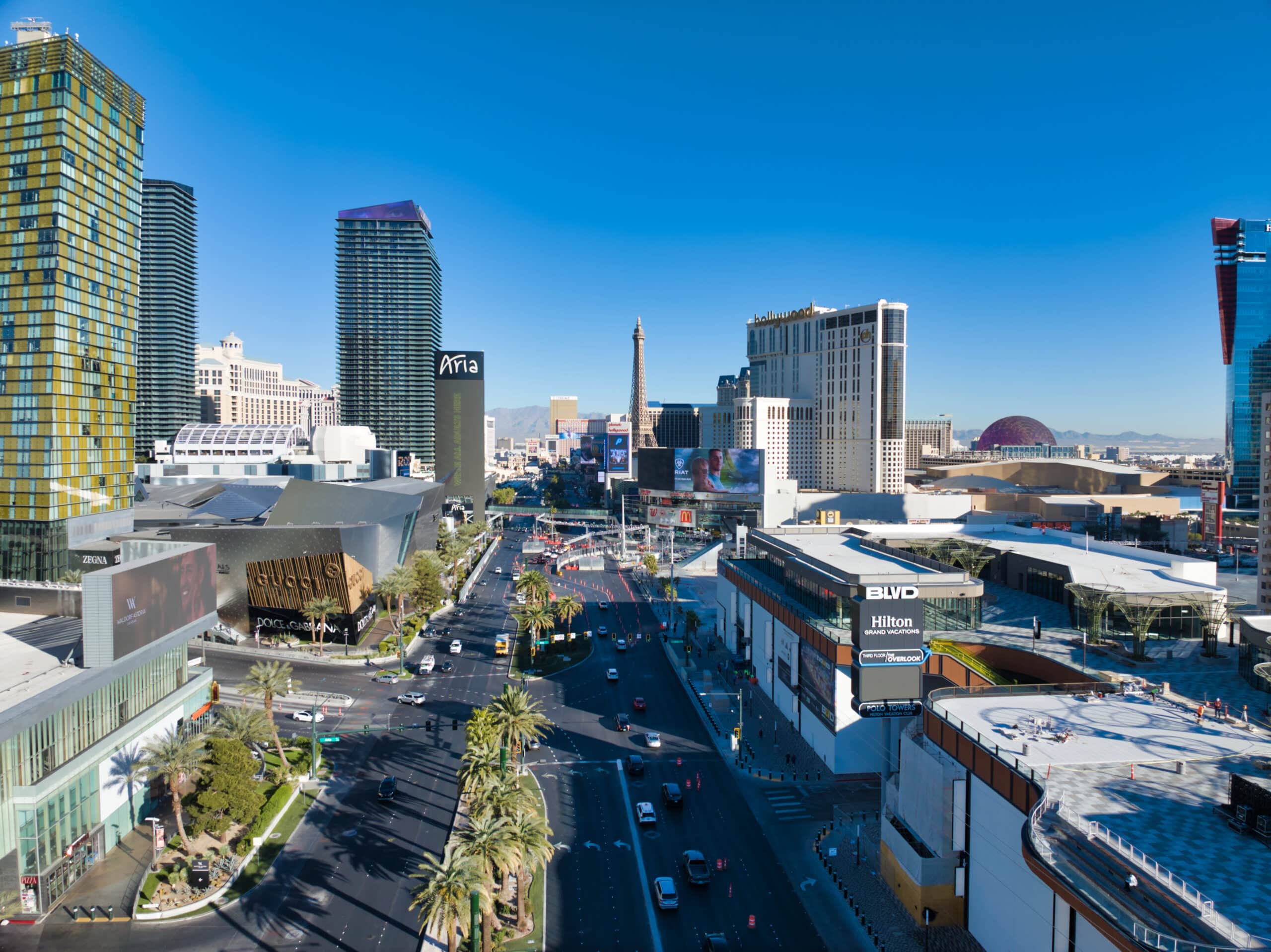
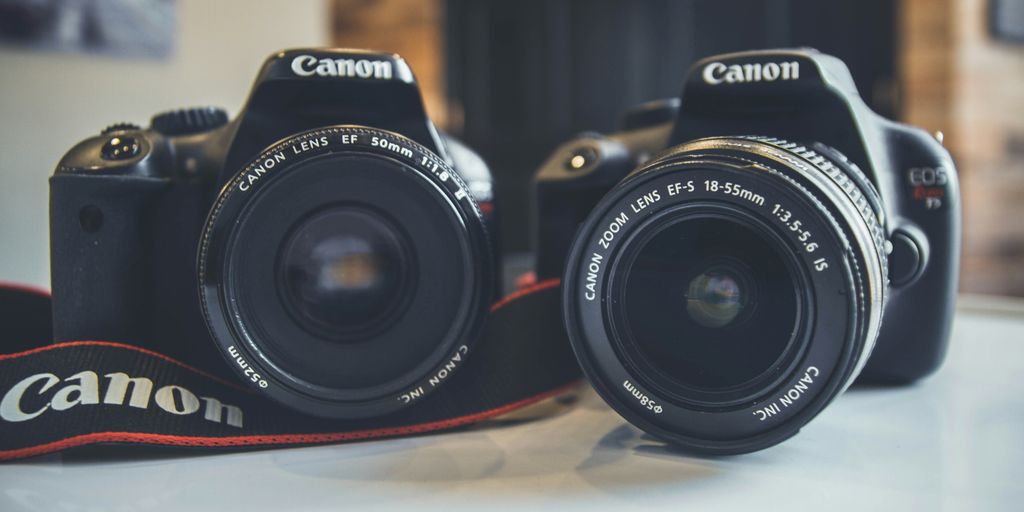
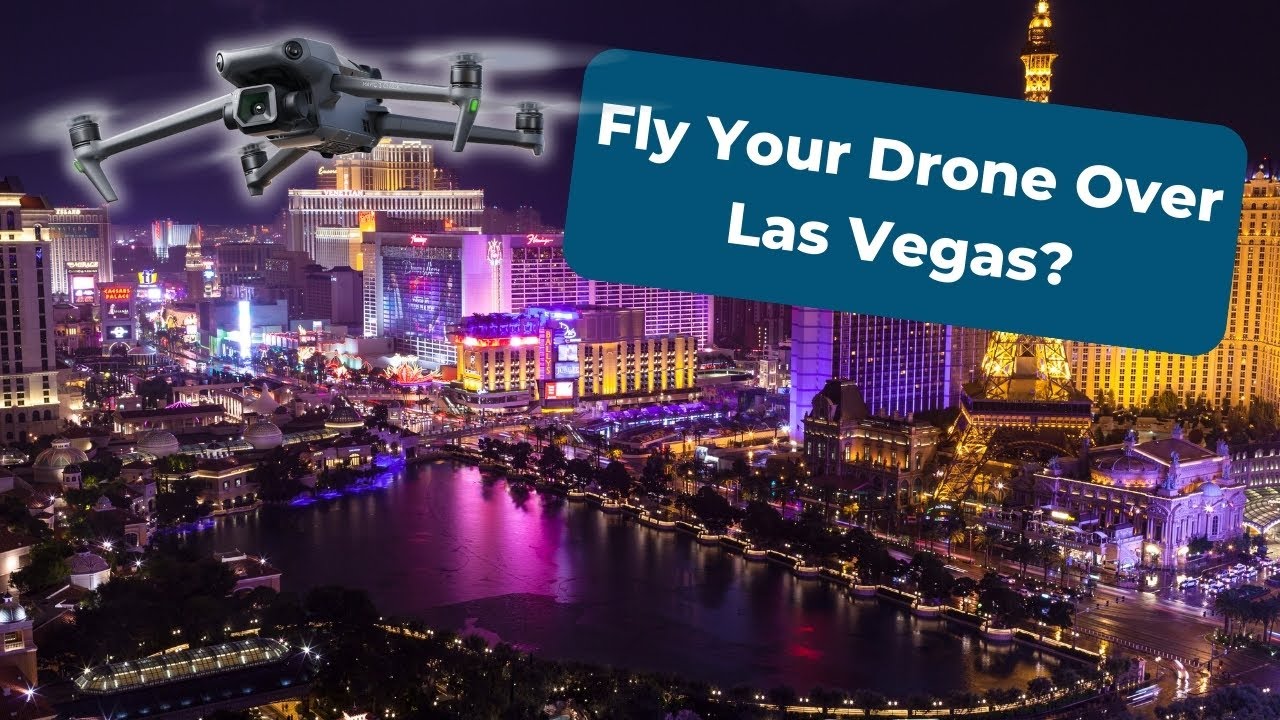
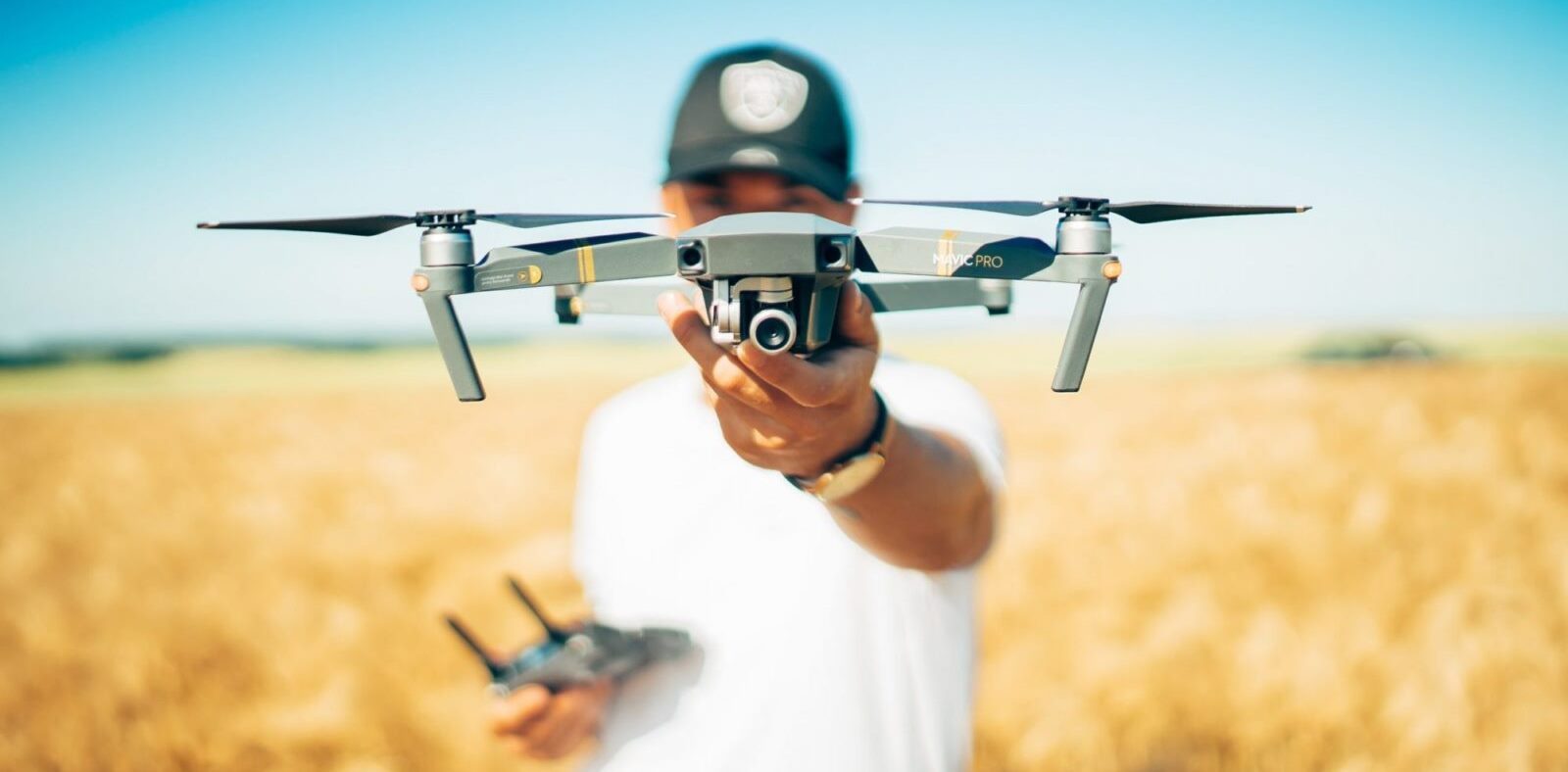
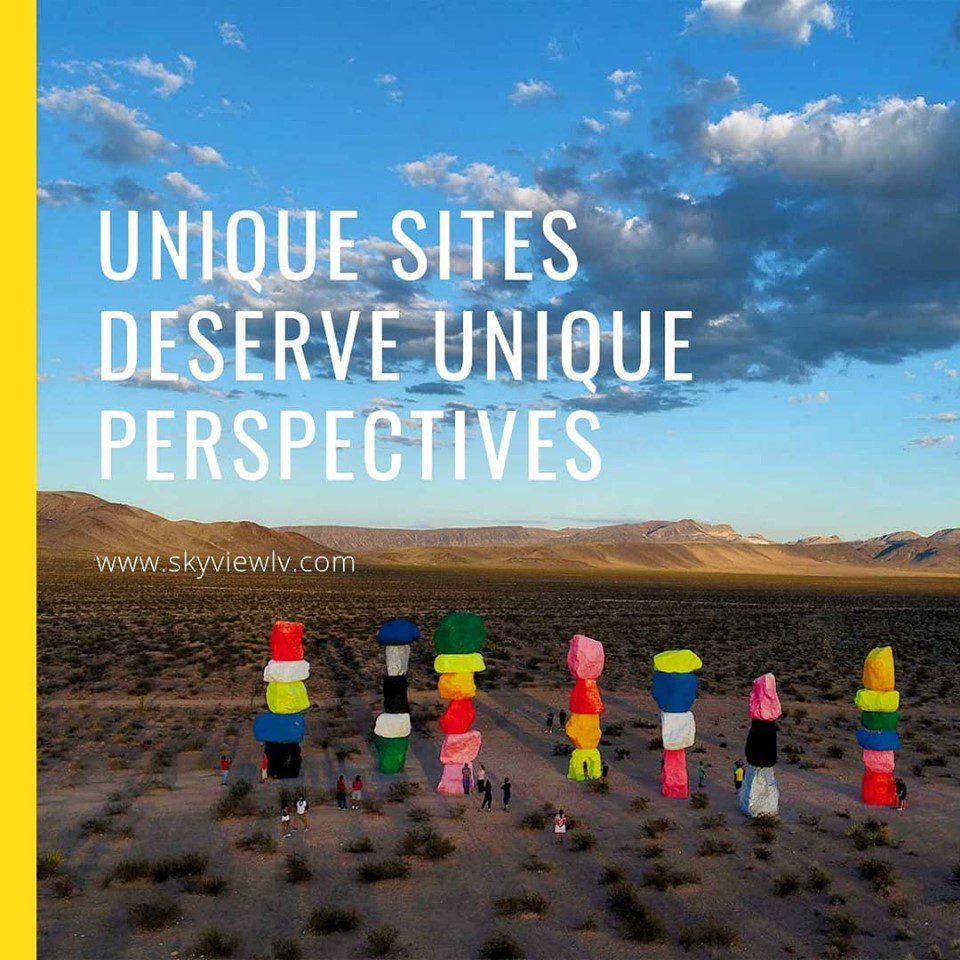
Leave a Reply